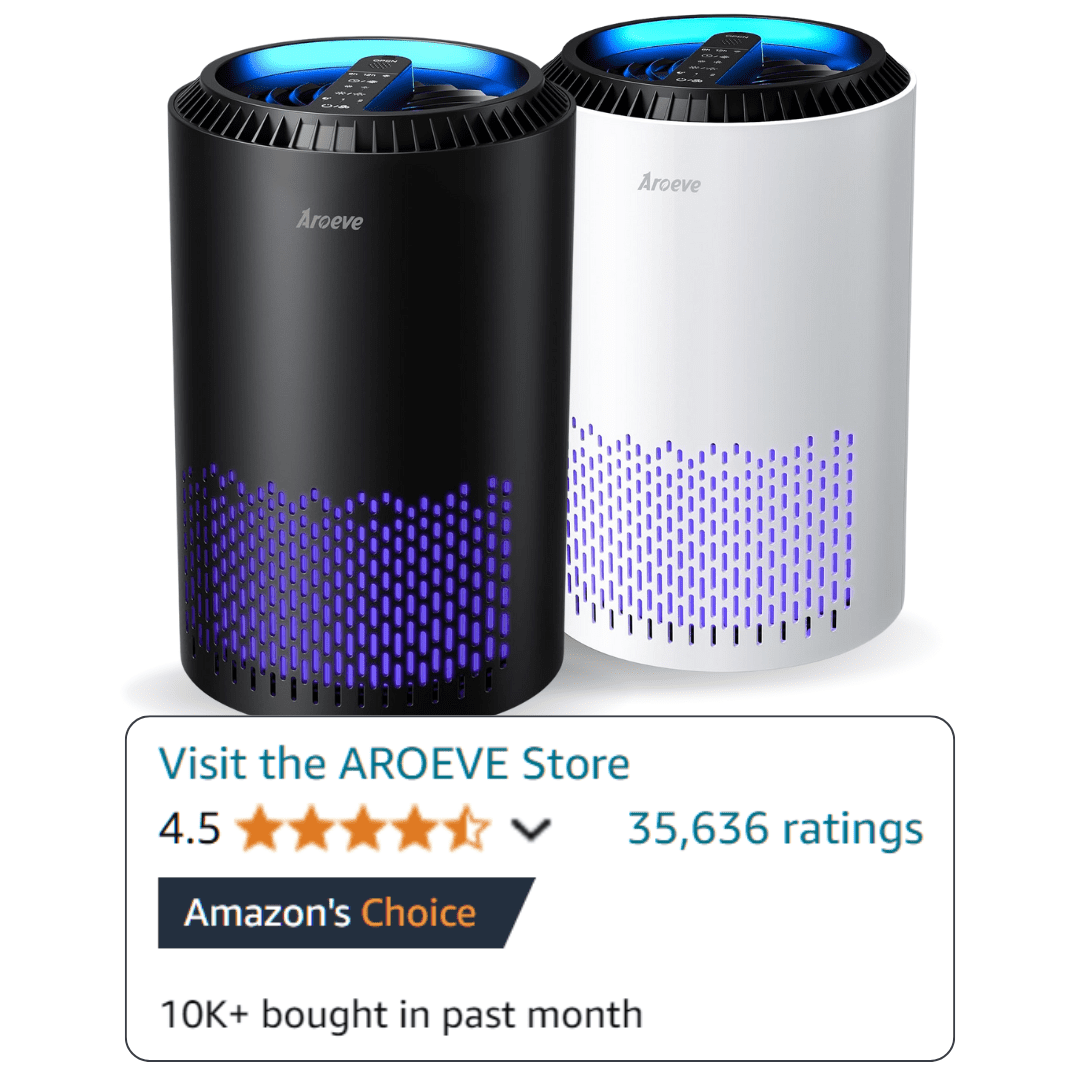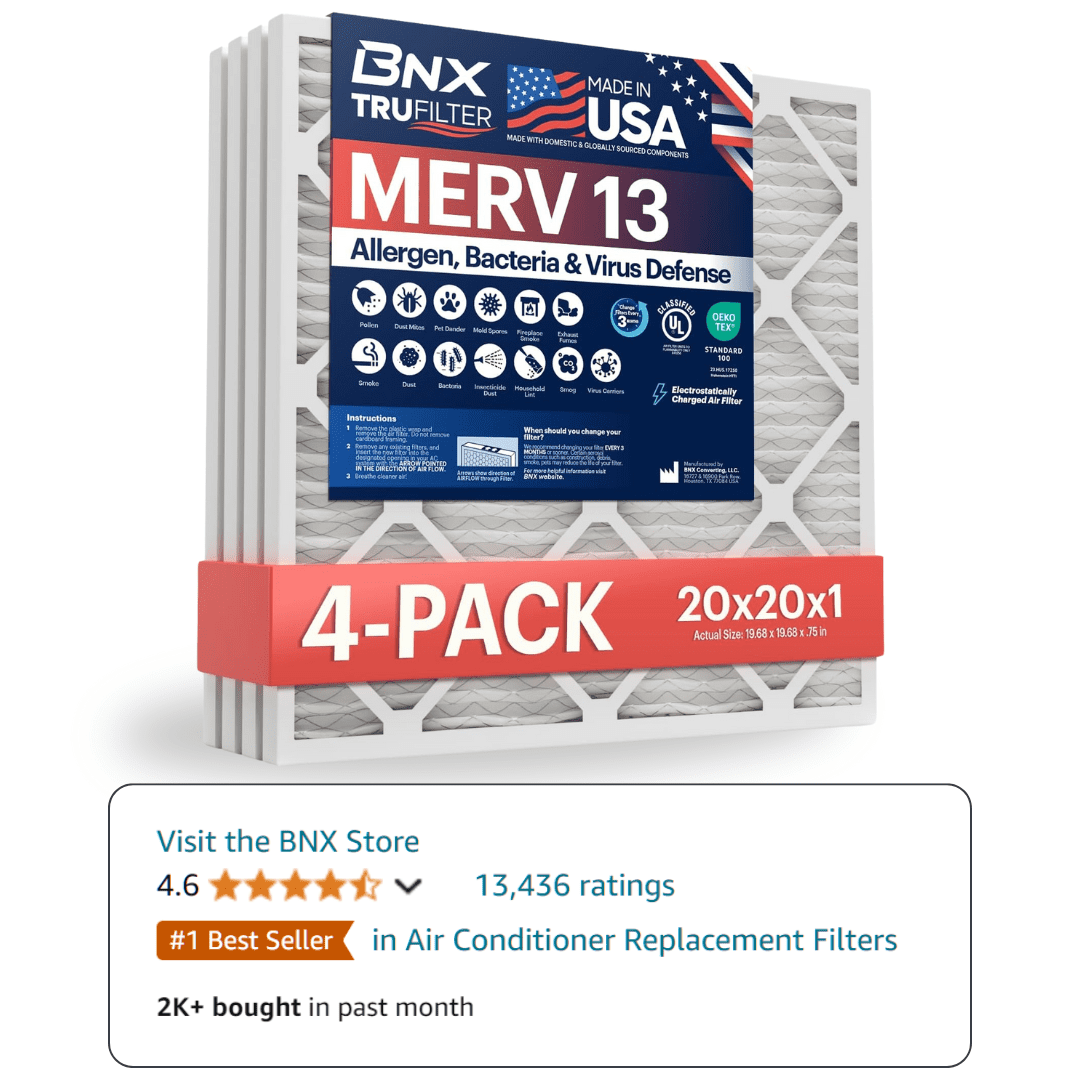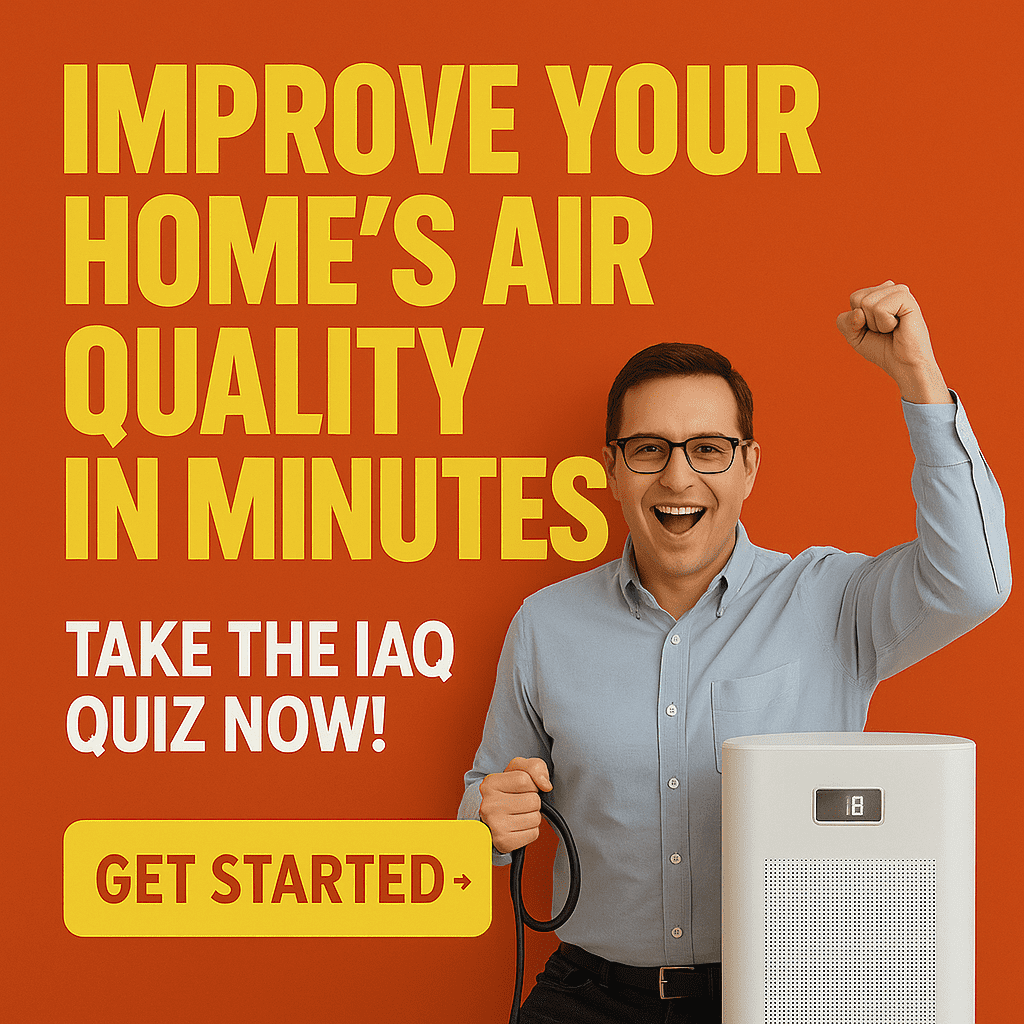Guide to Healthy and Efficient Home Ventilation
Modern homes are designed to be airtight to enhance energy efficiency, reducing utility costs by minimizing heat loss.
Sounds good so far. BUT! This can trap indoor pollutants and moisture, leading to poor indoor air quality (IAQ) and potential health issues.
Let’s explore Sick Building Syndrome (SBS) in residential contexts and outline solutions like Energy Recovery Ventilators (ERVs), Heat Recovery Ventilators (HRVs), balanced ventilation strategies, and the importance of proper HVAC sizing and maintenance.
Sounds fun, right?
Sick Building Syndrome in Residential Homes
Sick Building Syndrome (SBS) describes a collection of nonspecific symptoms experienced by occupants while inside a building, which typically resolve upon leaving.
Symptoms may include:
- Headaches and fatigue
- Eye, nose, or throat irritation
- Dry or itchy skin
- Difficulty concentrating
These symptoms are often linked to poor ventilation in airtight homes, where pollutants such as volatile organic compounds (VOCs), mold, bacteria, and carbon dioxide accumulate.
Studies suggest that inadequate ventilation, combined with chemical and biological contaminants, is a primary cause (Wikipedia – Sick Building Syndrome).
For example, a 2017 study correlated respiratory issues with dampness in homes, highlighting the role of moisture control (PMC – Sick Building Syndrome).
Ventilation Solutions for Airtight Homes
To mitigate SBS and improve IAQ without sacrificing energy efficiency, several ventilation technologies are available:
Energy Recovery Ventilators (ERVs) and Heat Recovery Ventilators (HRVs)
- HRVs: These systems use the heat from outgoing stale air to preheat incoming fresh air in winter or cool it in summer. They are effective in climates where humidity is not a primary concern, with energy recovery efficiencies ranging from 55% to 93% (Ecohome – HRV vs. ERV).
- ERVs: In addition to heat, ERVs transfer moisture, maintaining optimal indoor humidity levels. They are ideal for humid climates or homes with low winter humidity, with humidity transfer efficiencies around 70% (Fresh Ventilation – HRV and ERV Cores).
Both systems integrate with whole-house ventilation, distributing fresh air to key areas like bedrooms and living rooms while exhausting stale air from kitchens and bathrooms (Broan-Nutone – HRVs and ERVs).
Balanced Ventilation Strategies
Balanced ventilation systems supply and exhaust equal volumes of air, maintaining neutral pressure to avoid issues like depressurization or pressurization. These systems often incorporate HRVs or ERVs to recover energy, ensuring efficient ventilation. Benefits include:
- Improved IAQ: By continuously exchanging air, balanced systems reduce pollutant buildup.
- Energy Efficiency: Energy recovery minimizes heating and cooling losses.
- Compliance: Systems meet standards like ASHRAE 62.2, ensuring adequate ventilation (Building America Solution Center – Whole-House Ventilation).
Smart Ventilation Systems
Emerging smart ventilation systems use sensors to monitor IAQ, temperature, and humidity, adjusting ventilation rates automatically. These systems can:
- Reduce energy use by ventilating only when needed, such as during occupancy or off-peak hours.
- Integrate with smart home platforms for remote control.
- Respond to external factors like outdoor air quality or utility signals.
Importance of HVAC Sizing and Maintenance
Proper HVAC sizing and maintenance are critical for both energy efficiency and IAQ:
Proper HVAC Sizing
An incorrectly sized HVAC system can compromise comfort and efficiency:
- Oversized Systems: Cause short cycling, reducing dehumidification and increasing energy costs.
- Undersized Systems: Run continuously, struggling to maintain temperature, leading to higher energy use and wear.
Regular HVAC Maintenance
Routine maintenance ensures optimal performance and IAQ:
- Filter Changes: Replacing filters monthly during heavy use prevents pollutant buildup and maintains airflow.
- Duct Cleaning: Removes dust and mold, reducing allergens.
- System Inspections: Identify issues early, extending equipment lifespan and improving efficiency (NADCA – HVAC Maintenance).
Advancements in Ventilation Technology for 2025
By 2025, ventilation technology continues to evolve:
- Enhanced Filtration: Increased focus on filtration to address wildfire smoke and post-pandemic IAQ concerns.
- Smart Integration: IoT and AI-driven systems offer real-time IAQ monitoring and optimization.
- Sustainability: New EPA regulations promote low-GWP refrigerants, aligning with energy-efficient ventilation solutions.
Airtight homes offer significant energy savings but pose IAQ challenges that can lead to SBS. Solutions like ERVs, HRVs, balanced ventilation, and smart systems provide fresh air while minimizing energy loss.
Proper HVAC sizing and maintenance further enhance efficiency and health, ensuring modern homes are both comfortable and safe.
| Ventilation Solution | Key Features | Best Use Case | Efficiency |
|---|---|---|---|
| HRV | Transfers heat only | Cold climates with high winter humidity | 55-93% |
| ERV | Transfers heat and moisture | Humid or dry climates | 55-75% (heat), ~70% (humidity) |
| Balanced Ventilation | Equal air supply/exhaust | Airtight homes | High with HRV/ERV integration |
| Smart Ventilation | Sensor-based, automated | Energy-conscious homes | Varies, optimizes based on need |



